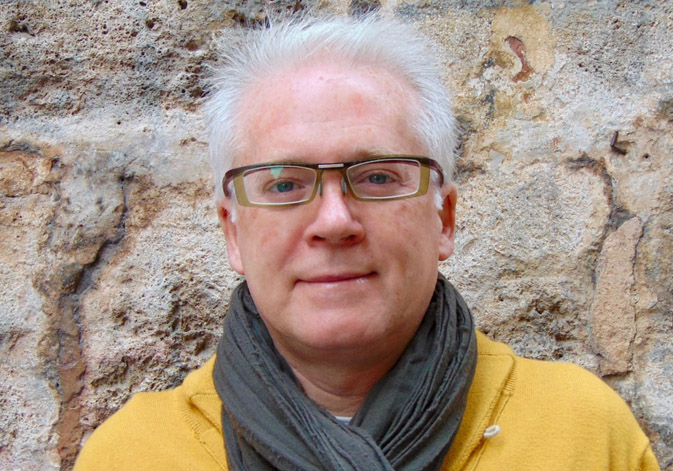
An international team coordinated by the Interdisciplinary Research Structure in Biotechnology and Biomedicine (ERI BioTecMed) of the University of Valencia has proved how the folding of membrane proteins begins before they are inserted into biological membranes, a fact that has been central to the biochemical research for decades. The study, published in the Nature Communications journal, has been coordinated by Ismael Mingarro, professor of Biochemistry and Molecular Biology at the academic institution.
The relevance of this research is that, since membrane proteins are the receptors of more than half of the medicines currently on the market, it is vital to know their folding to design more efficient drugs. “The fact that the published article, «Transmembrane but not soluble helices fold inside the ribosome tunnel», explains that the folding begins before the protein has finished synthesising is a great discovery to understand how these important pharmacological targets adopt their functional structure”, Ismael Mingarro explained.
Proteins, formed by amino acids linked by peptide bonds, are the biological macromolecules that carry out most of the biological functions of living beings. The cellular machine responsible for synthesising these links are the ribosomes, which incorporate them according to the order encoded by the RNA (ribonucleic acid) messenger. This chain of amino acids has to adopt the functional structure of the protein. The objective of the research has been to study the folding mechanism of proteins to know how and when adequate folding occurs.
The main novelty this research provides is that the ribosome acts as a platform for the selection of sequences that have to adopt a local (helical) structure in very early stages of protein biosynthesis. This fact implies the ribosome being considered as the first molecular chaperone (which helps the folding of proteins) to make possible the folding of those sequences that have to adopt a helical structure to increase the efficiency of their subsequent integration in the membrane.
“In this work we have proven that the helical structure is achieved inside the ribosome, unlike what happens in the case of helical regions of soluble proteins, and that it depends on the helicity and apolarity of the amino acids as well as on the length of the hydrophobic region”, explains Ismael Mingarro, coordinator of the team that has carried out the research. Thus, the study shows that the ribosome recognises the transmembrane regions and facilitates the proper environment for their folding.
Experiments in Valencia
The research has been developed, mainly, at the ERI of Biotechnology and Biomedicine (Department of Biochemistry and Molecular Biology) of the University of Valencia, where all the in vitro protein translation experiments have been carried out, and also at the School of Chemistry and Biochemistry of the Georgia Institute of Technology (United States), where computational simulations have been carried out.
In addition, researchers from the Department of Biochemistry and Biophysics of the University of Stockholm and the Department of Biology and Biochemistry of the University of Bath (United Kingdom) have also participated in the study.
The research has received funding from the Ministry of Economy and Competitiveness (FEDER funds), the PROMETEO program of the Valencian Government and the US National Science Foudation, among others.
Article:
Manuel Bañó-Polo et al. «Transmembrane but not soluble helices fold inside the ribosome tunnel». Nature Communications, volume 9, article number: 5246 (2018) DOI: 10.1038/s41467-018-07554-7



























